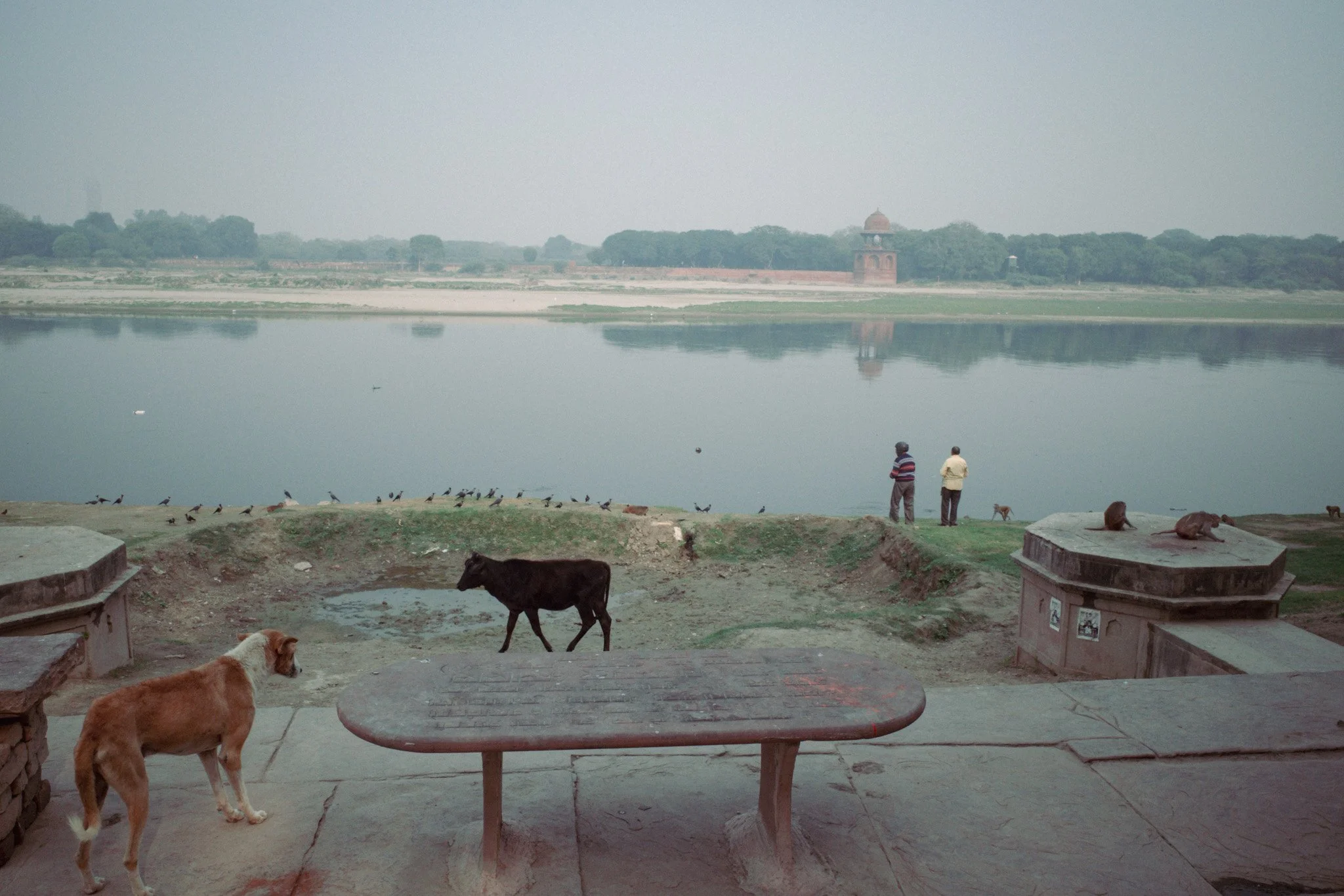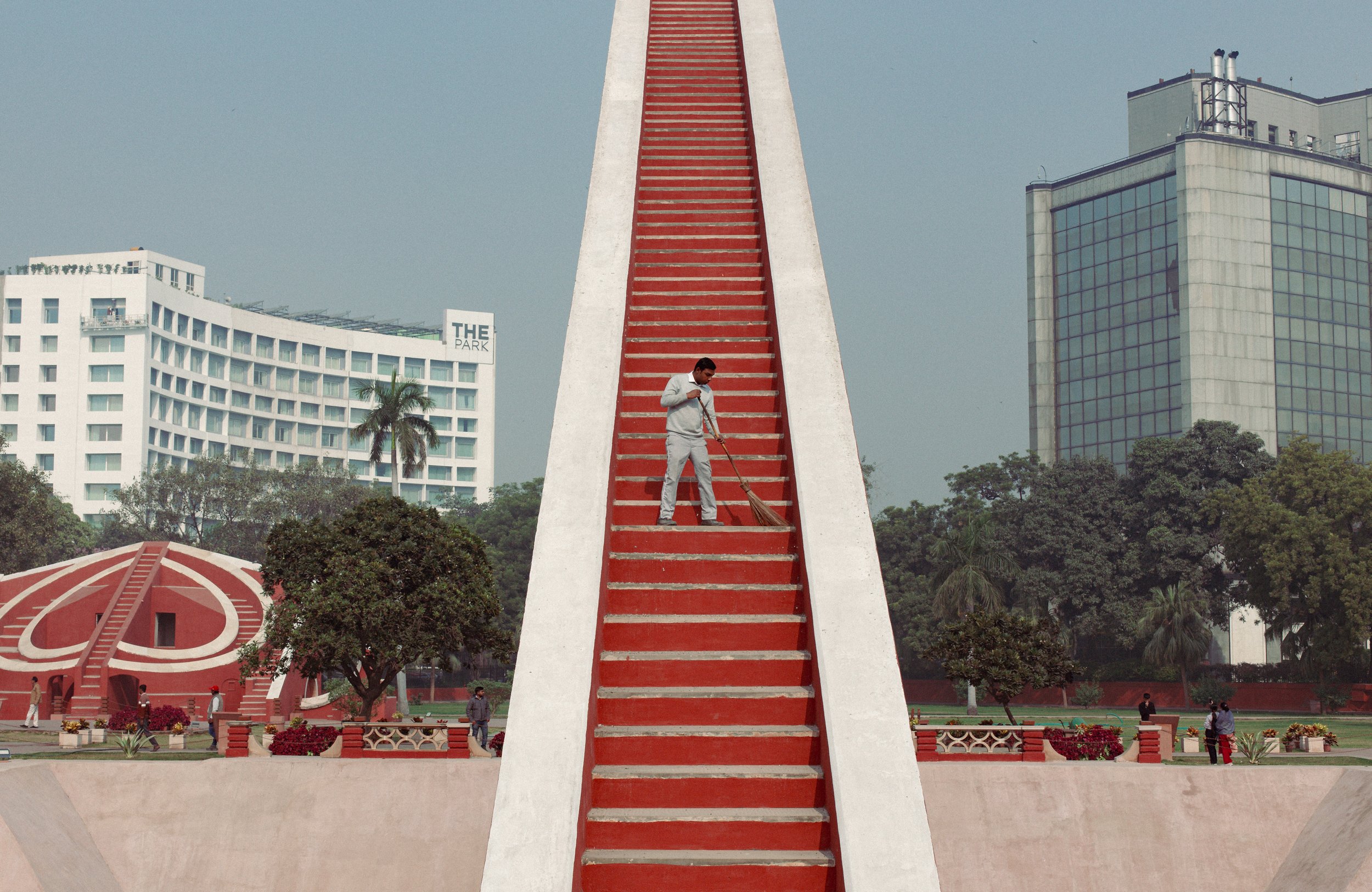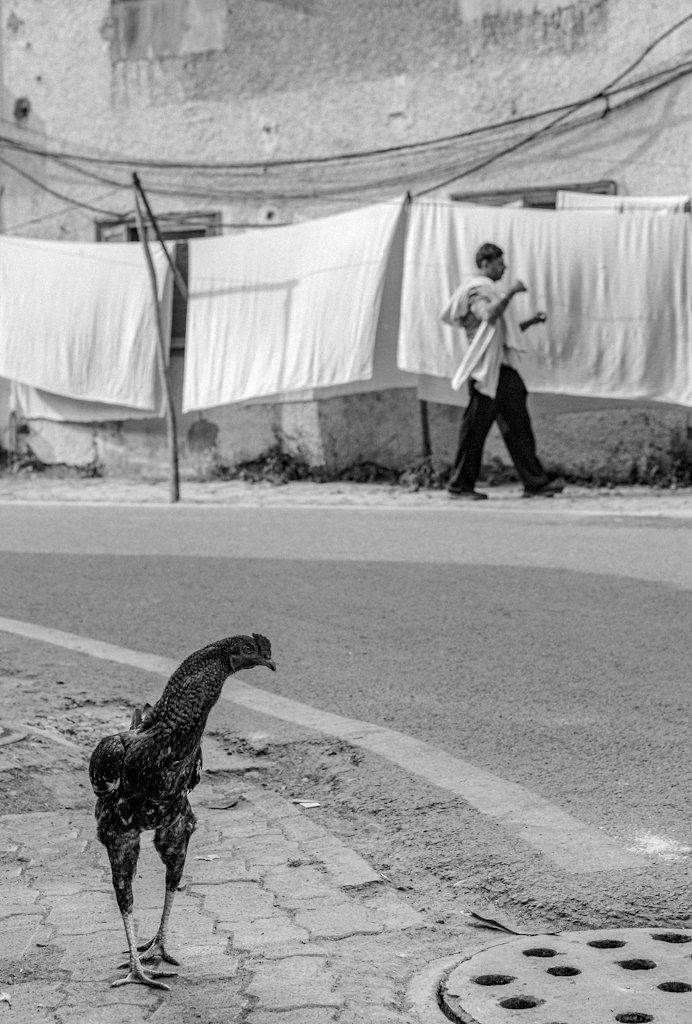In December 2023, a close friend and I embarked on an unforgettable three-week photography trip through Rajasthan, India.
Rajasthan is a state located in the northwestern part of India, known for its rich history, vibrant culture, and diverse landscapes. It is the largest state in India by area and shares borders with Punjab, Haryana, Uttar Pradesh, Madhya Pradesh, Gujarat, and the international boundary with Pakistan. The state is famous for its desert landscapes, especially the Thar Desert, as well as its grand palaces, forts, and temples.
The capital city of Rajasthan is Jaipur, also known as the "Pink City" due to its distinctive pink-colored architecture. Other notable cities include Udaipur, Jodhpur, and Jaisalmer, each known for their historical significance and architectural beauty. Rajasthan has a rich cultural heritage, with traditional music, dance, and festivals like Diwali and the Desert Festival playing an important role in its identity.
Historically, Rajasthan was home to many powerful kingdoms, including the Rajputs, who built impressive forts and palaces. The state's economy is primarily based on agriculture, mining, and tourism, with a growing emphasis on the textile industry. Rajasthan is also known for its crafts, such as pottery, embroidery, and block printing.
Tourists flock to Rajasthan for its royal history, stunning landscapes, and unique cultural experiences, making it one of India's top tourist destinations.
Our first stop was Agra, the historic city located in the northern part of India, in the state of Uttar Pradesh. It is most famous for the Taj Mahal, one of the Seven Wonders of the World and a symbol of eternal love. Agra has a rich history and was once the capital of the Mughal Empire during the reigns of emperors such as Akbar, Jahangir, and Shah Jahan.
The city is known for its Mughal architecture, with key monuments such as the Agra Fort, Fatehpur Sikri, and the tomb of Itimad-ud-Daulah. These sites reflect the grandeur and cultural significance of the Mughal period in India. Agra's history dates back to ancient times, and it has witnessed several rulers and civilizations.
In addition to its historical sites, Agra is a bustling city with a population of over a million people. It is a major tourist destination, attracting millions of visitors each year who come to experience its architectural beauty, cultural heritage, and vibrant markets.
Agra is also known for its traditional crafts, such as marble inlay work, leather goods, and sweets like Petha. Despite its modern developments, Agra remains a city deeply connected to its historical roots, blending old-world charm with contemporary growth.
From there, we traveled to Jaipur, known for its vibrant colors and rich architectural heritage. The markets and grand palaces provided endless opportunities for photography.
Jaipur, also known as the "Pink City," is the capital of the Indian state of Rajasthan. It is renowned for its rich history, architectural beauty, and vibrant culture. Founded in 1727 by Maharaja Jai Singh II, Jaipur is part of India's famous Golden Triangle tourist circuit, along with Delhi and Agra. The city is characterized by its distinct pink-colored buildings, which were painted in honor of the visit of the Prince of Wales in 1876.
Jaipur is home to several magnificent historical landmarks, including the Hawa Mahal (Palace of Winds), Amber Fort, City Palace, and Jantar Mantar, an astronomical observatory. These structures showcase the grandeur of Rajput architecture and are popular attractions for tourists.
In addition to its historical sites, Jaipur is famous for its traditional crafts, including textiles, jewelry, and pottery, which are sold in vibrant bazaars like Johari Bazaar and Bapu Bazaar. The city's culture is deeply rooted in Rajasthani traditions, with colorful festivals, dance, music, and cuisine, making it a dynamic and appealing destination for both domestic and international visitors.
Next, we visited Pushkar, a small but spiritual town. It is famous for its sacred Pushkar Lake, which is surrounded by numerous temples, including the renowned Brahma Temple, dedicated to the Hindu god Brahma. The town attracts thousands of pilgrims and tourists annually, especially during the Pushkar Camel Fair, one of the largest livestock fairs in the world, where visitors can experience traditional Rajasthani culture, camel trading, and various cultural performances.
The town is an important center for Hindu worship, and its lake is believed to have been created by Lord Brahma himself. Pilgrims visit the lake to take a holy dip, which is believed to cleanse them of sins. Pushkar's spiritual significance is complemented by its vibrant markets, narrow streets, and colorful atmosphere, making it a unique blend of religious tradition and Rajasthan's cultural heritage.
Apart from its religious significance, Pushkar is also popular with travelers for its peaceful ambiance, traditional handicrafts, and the chance to explore the surrounding desert landscape.
Our journey then took us to Jodhpur, the "Blue City," where we photographed the striking blue-painted buildings and the imposing Mehrangarh Fort.
Jodhpur, often referred to as the "Blue City," is a historic city located in the state of Rajasthan, India. It is known for its stunning architecture, including the imposing Mehrangarh Fort, one of the largest and most well-preserved forts in India. The city was founded in 1459 by Rao Jodha, the ruler of Marwar, and it became an important center of trade and culture.
Jodhpur's most distinctive feature is its blue-painted houses, which give the city its nickname. The vibrant blue color is traditionally associated with Brahmin families, but over time, it has come to symbolize the city's unique character. The city is also famous for its beautiful palaces, such as Umaid Bhawan Palace, and its bustling markets, where visitors can shop for handicrafts, textiles, spices, and traditional Rajasthani items.
Culturally rich, Jodhpur is known for its lively festivals, folk music, dance, and delicious Rajasthani cuisine, including dishes like dal baati churma and ker sangri. The city offers a mix of old-world charm and modernity, making it a popular destination for travelers seeking history, culture, and beauty.
In Jaisalmer, we immersed ourselves in the golden city’s desert landscapes and historic architecture. Jaisalmer is a city located in the western state of Rajasthan, India, near the Pakistan border. Known for its stunning golden sandstone architecture, the city is famous for its unique desert landscapes and its rich history. Founded in 1156 by Rajput ruler Rao Jaisal, Jaisalmer was once a major trade center on the Silk Route and played an important role in Rajasthan's history.
The city's most iconic landmark is the Jaisalmer Fort, a UNESCO World Heritage Site, which rises dramatically from the Thar Desert. The fort, made of golden-yellow sandstone, appears to glow in the sun, earning the city its nickname. Within the fort are narrow lanes, temples, and palaces, such as the beautiful Patwon Ki Haveli and Salim Singh Ki Haveli, which display intricate architecture and craftsmanship.
Jaisalmer is also famous for its camel rides in the desert, offering visitors a chance to experience the vast dunes and the beauty of the surrounding Thar Desert. The city is rich in culture, with its folk music, dance, and traditional Rajasthani cuisine contributing to its charm. The annual Desert Festival, with its vibrant celebrations, camel races, and cultural performances, draws many tourists to the region.
Bikaner, with its rich history and intricate havelis, was next, followed by a visit to Mandawa, known for its beautifully painted havelis and rustic charm.
Bikaner is famous for its well-preserved forts, palaces, and temples, with the Junagarh Fort being one of its most prominent landmarks. The fort, built in the 16th century, is a beautiful example of Rajput architecture, featuring intricate carvings, expansive courtyards, and ornate rooms. The city is also known for the Karni Mata Temple, often referred to as the "Temple of Rats," which houses thousands of sacred rats.
The local culture of Bikaner is deeply influenced by traditional Rajasthani arts and crafts, including camel leather products, woodwork, and textiles. The city is also renowned for its unique cuisine, which includes delicacies like Bikaneri bhujia and sweets such as rasgulla and ghevar.
Mandawa is a town located in the Shekhawati region of Rajasthan, India, known for its vibrant history, architecture, and cultural heritage. It was founded in the 18th century by Thakur Nawal Singh, and over time, it developed into a prominent trading center. The town is often referred to as an open-air art gallery due to its exquisite frescoes and painted havelis (traditional mansions), which are adorned with intricate murals depicting religious themes, mythological stories, and daily life.
Mandawa is renowned for its well-preserved forts, such as the Mandawa Fort, which is now a heritage hotel. The fort features beautiful courtyards, intricate carvings, and stunning views of the surrounding town. The town's havelis are also major attractions, showcasing the opulence and grandeur of merchant families who once lived there. These havelis feature elaborate frescoes and elaborate architecture, giving visitors a glimpse into the region's rich cultural and artistic traditions.
Finally, we ended our trip in Delhi, the bustling capital of India, where the contrast of ancient monuments and modern life offered an exciting final chapter to our journey.
Delhi, the capital city of India, is a vibrant metropolis that blends ancient history with modern development. It is one of the most populous cities in India and serves as the political, cultural, and economic hub of the country. The city is divided into two parts: Old Delhi, known for its historical significance, and New Delhi, which is the seat of the Indian government and features more modern infrastructure.
Old Delhi is home to iconic landmarks such as the Red Fort, Jama Masjid, and Chandni Chowk. The Red Fort, a UNESCO World Heritage site, is a symbol of Mughal architecture and power. Jama Masjid, one of the largest mosques in India, is another major attraction. Chandni Chowk, a bustling market street, offers a glimpse into the city’s vibrant street life, with shops selling spices, textiles, and traditional crafts.
New Delhi, designed by British architect Edwin Lutyens, is home to grand government buildings, wide boulevards, and lush gardens. Key landmarks in New Delhi include India Gate, the Parliament House, and the Rashtrapati Bhavan (President’s Residence). The city is also known for its numerous parks, museums, and cultural institutions, such as the National Museum and the Lotus Temple.
Delhi is a melting pot of diverse cultures, with a rich history shaped by various rulers, including the Mughals and the British. It is also famous for its diverse cuisine, from street food to fine dining, reflecting the cultural variety of its people.
With its dynamic blend of history, politics, culture, and commerce, Delhi stands as a key gateway to India, attracting millions of tourists and serving as the heart of the nation’s administration.
Google Maps: Rajasthan, India
Once we returned to Zürich, we decided to share our experiences through a photography exhibition called “RAWjasthan”.
The exhibition was a great success, allowing us to showcase the beauty, diversity, and cultural richness of Rajasthan through our lens. It was a rewarding culmination of our creative work and a memorable experience that we’ll cherish forever.



























































